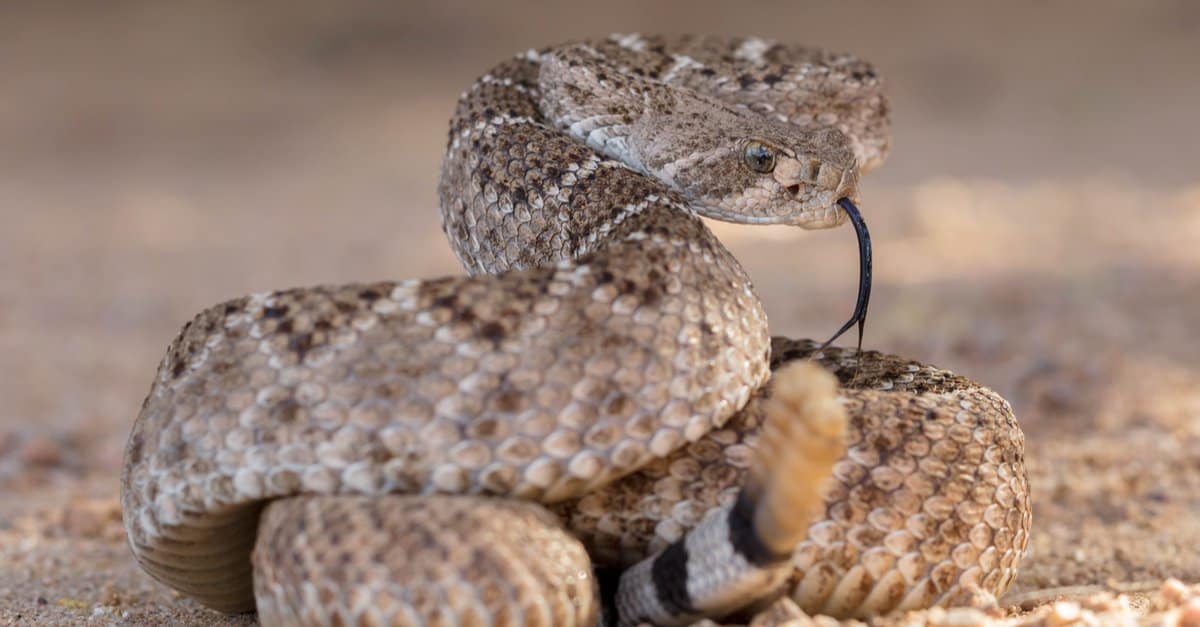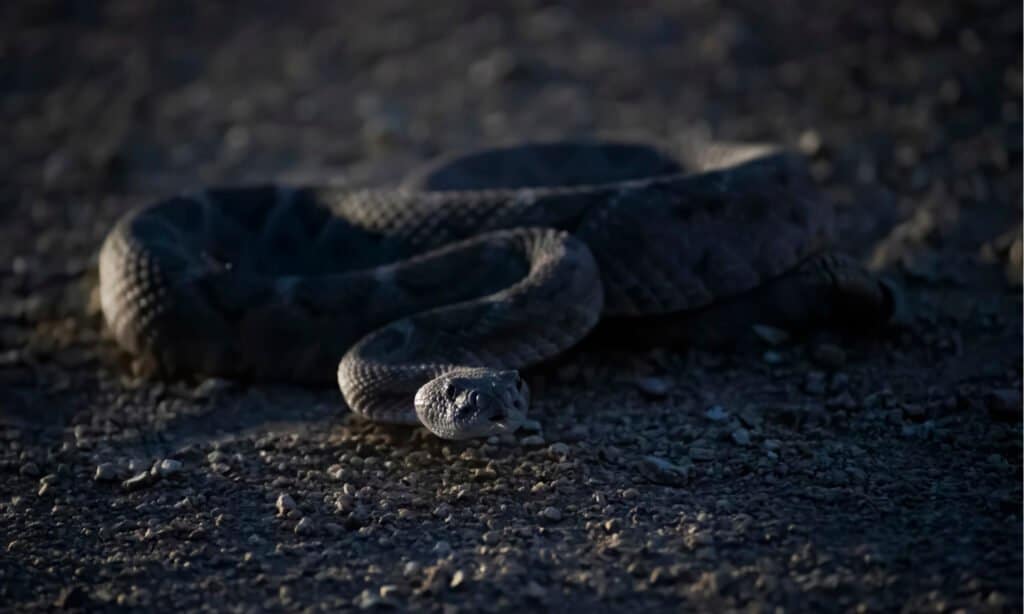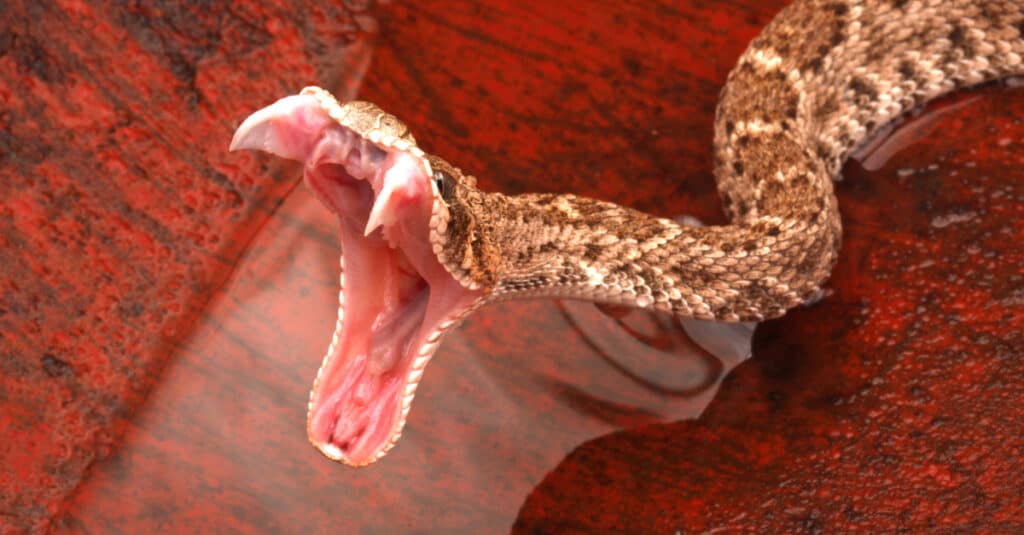Continue reading for our analysis...

Arizona has a reputation for having a large concentration of venomous snakes. So we guess when you live in Arizona, knowing how to deal with these magnificent but deadly creatures is a part of everyday life. Luckily, there are local experts on hand like the professionals featured in this clip. They show how to capture and relocate deadly snakes whilst minimizing the risks. This is not something you should try yourself.
Rattle Snake Capture and Relocation
In the clip, we hear from the rattlesnake removal business owner and the snake relocation team. We join them as they head to a home in Scottsdale where a family has found three rattlesnakes in an electrical box. The family discovered it as they were fixing up an electric fence to keep their dogs in one place.
A snake relocator opens up the box and finds three western diamondbacks inside. The snakes had hidden in there to hibernate as the temperatures dropped and they would have been there all winter. All the snakes give loud warning rattles as they are lifted into a secure container with a screw lid. The homeowner reveals that she had nearly been bitten by one in the same location a few years ago. Just when you think it’s all over, the homeowner spots another tail. There were actually four snakes in there! All four were released safely back into the wild to make another den where they could spend the rest of the winter.

Western diamondbacks only attack humans when they are disturbed.
©Erin Donalson/Shutterstock.com
All About Western Diamondback Rattlesnakes
Western diamondbacks are the snake stars of many Western movies. They are native to North and Central America and are commonly called diamondback rattlers.
These guys are the second-longest venomous snake in North America and they are found in the southwestern United States and northern Mexico. When they are not being retrieved from electrical boxes, you will most likely find them under vegetation or rocks, branches, and debris — just like the habitat that we saw these snakes being released into.
These snakes do not go looking for confrontations with humans and avoid us if they can. However, they will launch a defensive strike if they are disturbed. If they do bite you, seek medical attention right away as the venom is hemotoxic, myotoxic, and cytotoxic so it can affect the blood and heart system and the body muscles.

Western diamondback rattlesnakes’ venom is hemotoxic, myotoxic, and cytotoxic.
©Audrey Snider-Bell/Shutterstock.com
Discover the "Monster" Snake 5X Bigger than an Anaconda
Every day A-Z Animals sends out some of the most incredible facts in the world from our free newsletter. Want to discover the 10 most beautiful snakes in the world, a "snake island" where you're never more than 3 feet from danger, or a "monster" snake 5X larger than an anaconda? Then sign up right now and you'll start receiving our daily newsletter absolutely free.
Thank you for reading! Have some feedback for us? Contact the AZ Animals editorial team.






